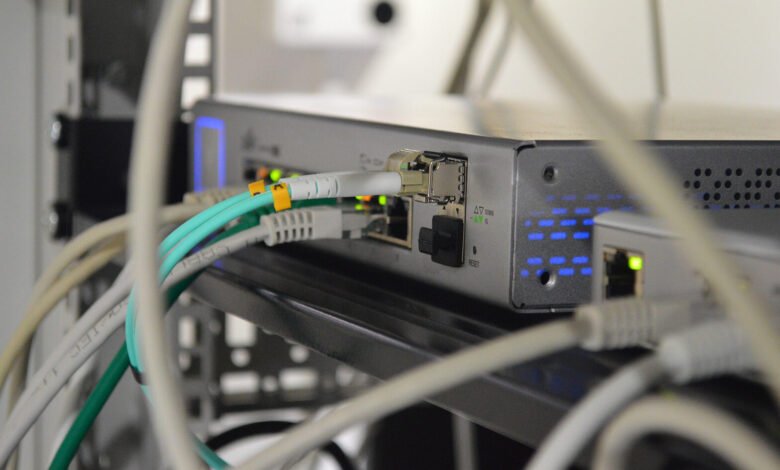How to Set Up Internet at Home: 5 Simple Steps for Success

Setting up the internet at home might seem like a complex task, but with the right guidance, it’s a simple and achievable goal.
Whether you’re moving to a new place or upgrading your existing connection, ensuring you have the right equipment and know the steps to take can save you time and frustration. Here’s a straightforward guide to help you get your internet up and running in five easy steps.
Step 1: Choose the Right Internet Service Provider (ISP)
Before diving into the technical setup, the first and most important step is selecting the right Internet Service Provider (ISP). The quality of your home internet is directly influenced by the ISP you choose, so here’s what to keep in mind:
- Internet Type: ISPs offer different types of internet connections, including fiber, DSL, cable, and satellite. Fiber is the fastest but may not be available in all areas. Cable internet offers solid speeds and availability, while DSL and satellite options are great for rural areas, though they may be slower.
- Speed Requirements: Based on your usage, choose a plan with appropriate speeds. For light browsing and social media, a lower-speed plan suffices, while streaming HD videos and gaming may require faster plans.
- Service Availability: Confirm which ISPs are available in your location and their offerings.
Step 2: Choose the Right Equipment
Once you have chosen an ISP and plan, you’ll need the necessary equipment to get your internet up and running. The main components are:
- Modem: A modem connects to your ISP’s network and translates signals to provide internet access. ISPs may offer a modem, or you can purchase your own. Opting for your own modem might give you better speed and reliability.
- Router: A router distributes internet throughout your home, enabling Wi-Fi. A good-quality router ensures that multiple devices can connect simultaneously without any noticeable performance issues.
- Cables and Filters: Depending on the type of connection you have (DSL, fiber, etc.), ensure you have the right cables. A phone line filter may also be needed for DSL connections to ensure optimal performance.
Step 3: Connect the Modem to the Internet Source
Now that you have the right equipment, it’s time to make the necessary physical connections:
- Powering the Modem: First, plug the modem into a power outlet.
- Connecting the Modem to the Wall: For a DSL or cable connection, plug the modem into the wall outlet (usually a coaxial or telephone jack) where the internet signal will come through.
- Modem Setup: Some modems will automatically detect your internet settings. If not, you may need to follow the instructions in the provided manual or go to a setup webpage to input your login details (your ISP should provide this if necessary).
Step 4: Set Up the Router
With your modem connected, the next step is to set up the router to spread the signal across your home:
- Router Connection: Plug the router into the modem using an Ethernet cable. Usually, there’s a marked “WAN” port on the router where this goes. The other end connects to the modem’s output port.
- Power On the Router: Power up the router. It should start broadcasting a Wi-Fi signal.
- Access Router Settings: On a computer or smartphone, connect to the Wi-Fi network provided by your router (this will usually be a default name). You’ll need to log into the router’s admin page to configure settings such as network name (SSID) and password.
- Common router addresses to access the settings include 192.168.0.1 or 192.168.1.1.
- The default login username and password are usually “admin” but refer to your router’s manual for specifics.
- Change Wi-Fi Name and Password: Personalize your Wi-Fi by setting a network name and strong password. This step keeps your connection secure and prevents unauthorized access.
Step 5: Test the Connection and Troubleshoot if Needed
Finally, once everything is set up:
- Test Your Connection: On your device, check if it’s connecting to Wi-Fi. Open a webpage or stream a video to check the internet speed and reliability.
- Troubleshoot: If the connection is weak or isn’t working, try these tips:
- Restart your modem and router.
- Ensure that your devices are within range of the router’s Wi-Fi signal.
- Double-check your network password.
- If problems persist, call your ISP’s support line to verify there are no issues with the connection.
By following these five simple steps, you should have your home internet running smoothly in no time. Whether you’re browsing, working, or streaming, these steps ensure that you enjoy a reliable connection and optimal internet speed in the comfort of your home. For more Home Internet-related information check the nowinternet.




